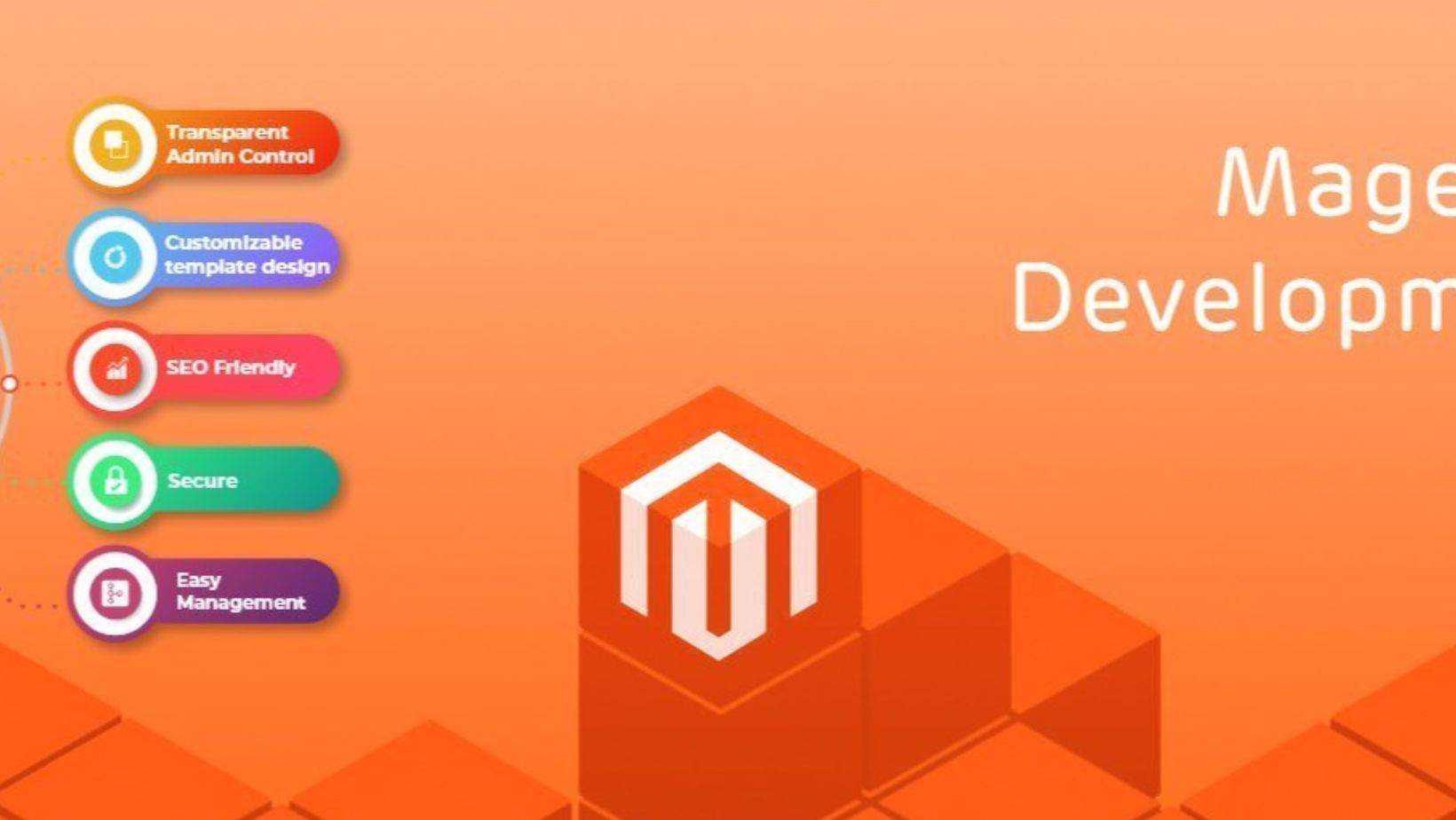Table of Contents
ToggleIntroduction
In the past, most organizations relied on traditional perimeter-based security models, where the network was protected by firewalls and security tools placed at a central location. While this worked well when employees and data stayed inside a single corporate network, the rise of remote work, cloud adoption, and mobile devices has completely changed the way networks operate.
Today, applications, users, and data are everywhere – in branch offices, home networks, and multiple cloud platforms. This creates new challenges for IT teams, as traditional security approaches often struggle to protect a distributed workforce while maintaining performance.
Secure Access Service Edge (SASE) has emerged as a solution to these challenges. It redefines how organizations protect and connect users by combining advanced networking and cloud-native security into a single, unified service.
Understanding the Meaning of SASE
SASE, pronounced “sassy,” stands for Secure Access Service Edge. At its core, SASE delivers both network connectivity and security services directly from the cloud, rather than relying on separate hardware appliances at physical locations.
This approach allows organizations to provide secure, high-performance access to applications and data for any user, regardless of location or device.
The SASE model merges advanced networking functions, like SD-WAN (Software-Defined Wide Area Networking), with cloud-delivered security tools such as Secure Web Gateway (SWG), Cloud Access Security Broker (CASB), Firewall-as-a-Service (FWaaS), and Zero Trust Network Access (ZTNA). Together, these services form a cohesive framework that protects users and data while maintaining optimal performance.
When exploring SASE meaning and how it improves security, it’s important to understand that it does more than replace traditional solutions – it unifies them, simplifies management, and ensures consistent policies across all environments.
Core Components That Define SASE
SD-WAN
SD-WAN provides intelligent traffic routing, allowing data to take the fastest and most reliable path to its destination. This ensures that applications perform smoothly, even when accessed remotely.
Secure Web Gateway (SWG)
An SWG blocks access to malicious or inappropriate websites, filters harmful content, and enforces corporate web usage policies.
Cloud Access Security Broker (CASB)
A CASB secures the use of cloud applications by monitoring activity, enforcing data security policies, and preventing data leaks.
Firewall-as-a-Service (FWaaS)
FWaaS provides a cloud-based firewall that protects against threats without the need for on-premises hardware.
Zero Trust Network Access (ZTNA)
ZTNA enforces identity-based access controls, granting users only the minimum level of access required to perform their tasks.
Why SASE Represents a New Standard

SASE is considered a new standard because it enables organizations to enforce consistent security policies for all users, regardless of location. Whether an employee is in the office, working from home, or connecting from another country, the same protections and controls apply.
It also ensures faster, more reliable access to cloud applications by routing traffic directly to the cloud instead of sending it through a central data center, which can cause latency.
Additionally, SASE eliminates the complexity of managing multiple standalone security and networking tools by delivering them as a unified service.
How SASE Improves Network Security and Performance
One of SASE’s biggest strengths is its ability to lower latency by using direct-to-cloud connections. This approach reduces delays that often occur when traffic is routed back through a corporate network before reaching the internet.
SASE also provides unified policy management, meaning IT teams can set security rules once and have them automatically enforced across all users, applications, and devices.
Scalability is another key advantage. As businesses expand globally or add remote workers, SASE allows them to extend secure access without installing additional hardware in each location.
Key Benefits of SASE
- Enhanced Visibility and Control – SASE provides detailed insight into user activity, application usage, and security events.
- Lower Costs – By replacing multiple on-premises tools with a single cloud-based service, organizations can reduce infrastructure and maintenance expenses.
- Improved Compliance – Consistent policy enforcement helps meet regulatory requirements such as GDPR, HIPAA, and PCI DSS.
Common Challenges in Implementing SASE
While SASE offers significant benefits, organizations may face challenges during deployment:
- Integration with Legacy Systems – Migrating from older hardware-based solutions can require careful planning.
- Vendor Lock-In – Choosing a single provider may limit flexibility if needs change in the future.
- Staff Training – IT teams need to understand how to operate and manage SASE tools effectively.
Best Practices for a Smooth SASE
To ensure a successful rollout:
- Conduct a network and security audit to identify gaps and requirements.
- Define a clear Zero Trust policy that aligns with business needs.
- Select vendors with strong interoperability to avoid future integration issues.
Industry Examples of SASE in Action
Healthcare
Hospitals use SASE to protect telehealth services, secure patient data, and meet HIPAA compliance requirements.
Finance
Banks adopt SASE to safeguard online transactions and secure customer account access against phishing and fraud.
Retail
Retailers rely on SASE to protect point-of-sale (POS) systems and e-commerce platforms while ensuring smooth customer experiences.
The Future of SASE in Network Security
The future of SASE is closely tied to emerging technologies:
- AI and Machine Learning – For predictive threat detection and faster automated responses.
- Edge Computing Integration – Enabling security closer to where data is processed.
- SMB Adoption – Smaller businesses are expected to embrace SASE for its scalability and cost efficiency.
For additional reading on modern cybersecurity frameworks, you can check resources from Cisco, Palo Alto Networks, and Gartner.
Conclusion
SASE represents a major step forward in how organizations protect their data, applications, and users. By converging networking and security into a single, cloud-delivered service, it offers the agility, scalability, and strong protection needed in today’s distributed, cloud-first environments.
Businesses that embrace SASE early will be better equipped to handle modern threats, maintain performance, and support an increasingly mobile and remote workforce.
FAQs
Q1: Is SASE the same as SD-WAN?
No. While SD-WAN is a key component of SASE, the full SASE model also includes cloud-based security features such as SWG, CASB, FWaaS, and ZTNA.
Q2: How does SASE support remote and hybrid workforces?
SASE delivers security and network performance directly from the cloud, ensuring remote users have the same protection and access speed as office-based employees.
Q3: Can SASE replace traditional VPNs?
Yes, in many cases. SASE’s Zero Trust approach offers a more secure and scalable alternative to VPNs, especially for large, distributed teams.





